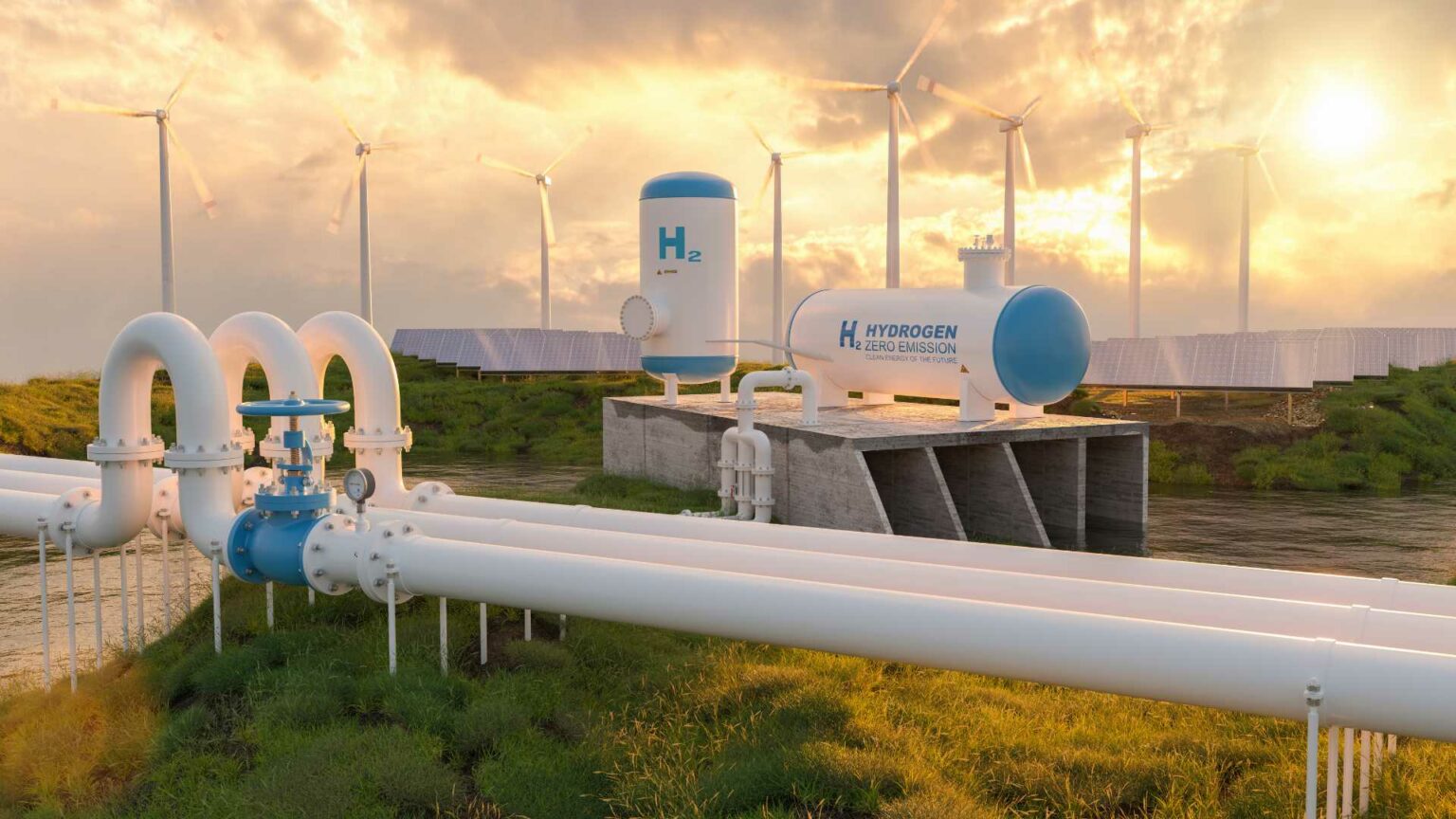Germany’s total hydrogen demand reached 2.4 million tonnes in 2023 and is projected to consume 94-125 TWh by 2030. However, the Emscher-Lippe region’s forecast requirement of 200,000 tonnes by 2032 represents 8% of current national consumption, concentrated in a single industrial corridor. The DMT Energy Engineers’ study’s price projections of €4.8-13.2 per kilogram through 2032 reflect fundamental uncertainties about supply chain development in a market where domestic electrolysis capacity targets only 10 GW by 2030—insufficient to meet projected demand without substantial import infrastructure that remains largely theoretical.
The regional analysis reveals the practical challenges facing German industrial decarbonization as small and medium enterprises require cost predictability that the current hydrogen market development cannot provide. The study’s €8.4 per kilogram price variance depending on production pathways and transport routes illustrates market volatility that complicates business planning for companies seeking diesel alternatives in sectors ranging from chemicals to steel processing.
Capacity Requirements and Domestic Production Limitations
The Emscher-Lippe region’s calculation that 2,000MW of electrolysis capacity would be required for a complete domestic supply highlights the scale mismatch between regional demand and realistic infrastructure development. Germany’s national target of 10GW electrolysis capacity by 2030 must serve multiple industrial clusters, leaving individual regions dependent on import solutions that face their development challenges.
Current planned electrolysis projects total 8.7GW capacity by 2030 according to E.ON analysis, yet uncertainty surrounds actual construction given regulatory and economic barriers. The gap between announced projects and committed investments suggests that even national capacity targets may prove optimistic, increasing import dependence beyond current policy assumptions.
Regional industrial concentrations create hydrogen demand densities that exceed local renewable energy generation capacity. The Emscher-Lippe area’s industrial profile requires a reliable supply that intermittent renewable generation cannot provide without substantial storage infrastructure or grid integration that adds cost and complexity to hydrogen production economics.
Import Infrastructure and Supply Chain Development
The study’s identification of seven supply routes by 2030, expanding from three in 2027, reflects Germany’s broader import strategy targeting 45-90 TWh annual imports. However, transport infrastructure development lags demand projections, creating potential supply bottlenecks that could drive prices toward the higher end of forecast ranges.
Germany’s hydrogen import strategy relies on pipeline connections, shipping terminals, and conversion facilities that require international coordination and substantial capital investment. The timeline for infrastructure completion may not align with industrial demand growth, particularly in regions like Emscher-Lippe, where concentrated consumption creates supply pressure points.
Import price competitiveness depends on production costs in exporting regions, transportation expenses, and conversion losses that compound pricing uncertainties. The €4.60-9.00 per kilogram market price expectation suggests import premiums that may challenge industrial competitiveness against international competitors with lower energy costs.
SME Adoption Challenges and Market Development
Small and medium enterprises in the Emscher-Lippe region face decision-making complexity where hydrogen price volatility conflicts with operational planning requirements. Unlike large industrial users who can negotiate long-term contracts, SMEs typically require spot market access with predictable pricing that current market structures do not provide.
The region’s diverse industrial base creates varying hydrogen applications with different quality requirements, delivery schedules, and volume patterns. Supply chain coordination becomes more complex when serving multiple small users compared to single large industrial customers who can anchor infrastructure investments.
Market development requires parallel progress in production, transportation, storage, and distribution that exceeds individual company capabilities. SMEs depend on third-party infrastructure providers whose investment decisions consider regional demand aggregation and revenue predictability across multiple customer segments.
Regulatory Framework Impact on Pricing Structure
The study’s emphasis on regulatory stability for price development reflects market sensitivity to policy changes affecting production incentives, import tariffs, and carbon pricing mechanisms. Regulatory adjustments could shift competitive dynamics between domestic production and imports, affecting regional supply strategies.
European Union hydrogen regulations currently under development will influence import qualification, sustainability standards, and market access conditions. Changes in regulatory frameworks could alter cost structures and supply chain viability, creating additional uncertainty for regional industrial planning.
Carbon pricing evolution will affect hydrogen competitiveness against conventional alternatives while potentially creating revenue streams for low-carbon production. Price forecasts must incorporate carbon cost trajectories that depend on policy developments extending beyond current commitment periods.
Infrastructure Investment and Economic Viability
The 5.5-fold increase in regional consumption from current levels requires infrastructure scaling that may not achieve proportional cost reductions. Initial hydrogen infrastructure typically faces high unit costs that improve with utilization, yet early-stage markets like Emscher-Lippe may not provide sufficient throughput for optimal economics.
Regional hydrogen hubs require coordination between production, storage, and distribution investments that individual companies cannot justify independently. Public sector involvement may be necessary to anchor infrastructure development, yet government funding competes with other decarbonization priorities across multiple regions and sectors.
The study’s price projections assume successful infrastructure deployment and operational efficiency that prototype projects have not demonstrated at commercial scale. Cost overruns, technical performance shortfalls, and regulatory delays typical of new infrastructure could drive actual prices above forecast ranges.
Market Maturation Timeline and Industrial Planning
The 2027-2032 forecast period spans critical years for German industrial decarbonization when companies must make irreversible investment decisions about production processes and energy systems. Hydrogen price uncertainty complicates capital planning for sectors where energy costs determine competitive positioning.
Industrial transformation requires coordinated timing between hydrogen supply development and manufacturing process conversion, which current market conditions do not support. Companies face pressure to begin decarbonization while hydrogen infrastructure remains underdeveloped, creating potential stranded asset risks.
The regional study provides valuable demand quantification that supply planners can use for infrastructure sizing and investment prioritization. However, individual regional studies must be aggregated and coordinated to support rational national infrastructure development that avoids duplication while ensuring adequate supply security.





